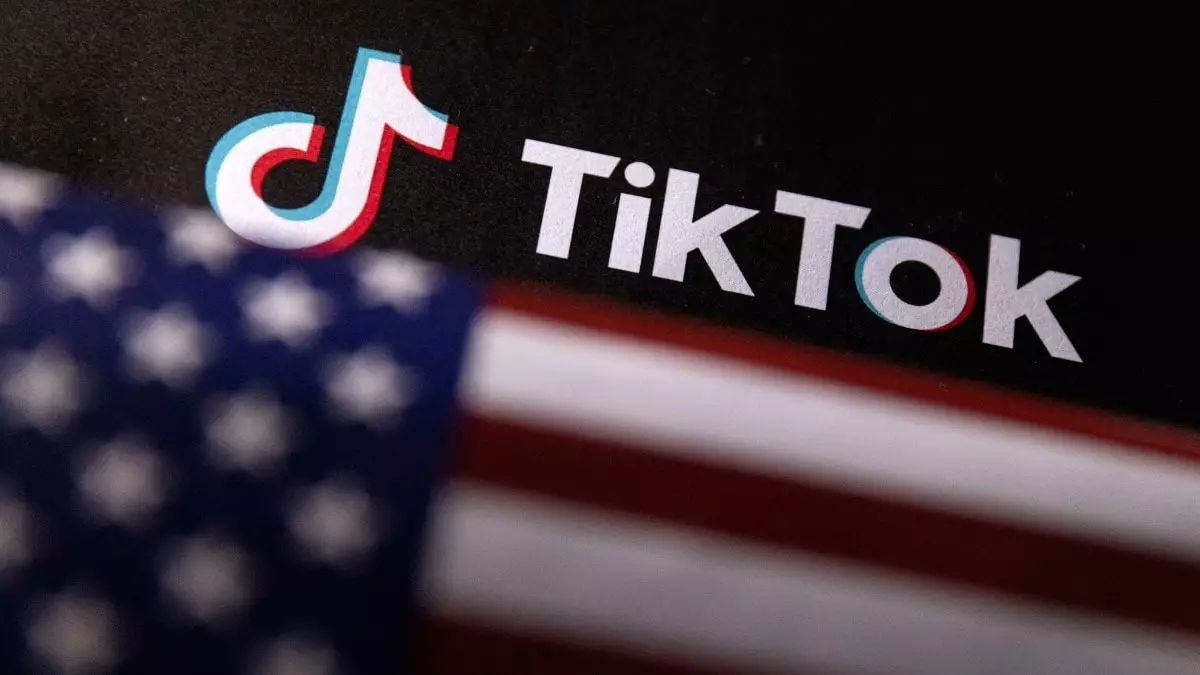The ongoing saga of TikTok in the United States continues to capture headlines, especially following a significant and temporary resolution regarding its presence in American app stores. The popular short video platform, owned by the Chinese company ByteDance, faced potential bans due to national security concerns. However, with recent developments, TikTok has made a remarkable return to both Apple and Google app stores, albeit amid a cloud of uncertainty surrounding its long-term fate.
In a surprising turn of events, then-President Donald Trump intervened to delay the enforcement of a ban on TikTok, granting the app a 75-day extension to maintain its operations in the U.S. This decision was announced shortly after Congress enacted a law necessitating the sale of TikTok’s American operations or the impending removal of the app. The legislation was largely driven by apprehensions that the Chinese government could exploit user data from the platform for intelligence purposes. As such, the response from President Trump was viewed as both an unexpected gesture of leniency toward TikTok and an acknowledgment of the app’s immense popularity among American users.
Despite the chance for TikTok to continue its operations, both Google and Apple initially removed the app from their stores. Analysts suggest this could stem from a need for clarity and assurance that both big tech companies would not face consequences for hosting the application, a strategic consideration in the current geopolitical climate. Trump’s assurance on this front allowed TikTok to publicly announce the restoration of its service, prompting renewed interest among users.
TikTok’s resilience in the U.S. market shouldn’t be underestimated; its appeal resonates strongly with a diverse user base, primarily among younger demographics. Data published by market intelligence firm Sensor Tower revealed that TikTok was the second-most downloaded app in the U.S. last year, with over 52 million downloads. Notably, around 52% of these downloads were from the Apple App Store, while 48% derived from Google Play. This data attests not only to TikTok’s widespread popularity but also underscores the financial stakes involved in maintaining its presence in the market.
The company’s ability to attract such a substantial user base amid regulatory upheaval reflects a cultural phenomenon that extends well beyond social media. TikTok functions not only as an entertainment platform but also plays a significant role in shaping trends, advancing creativity, and fostering community engagement. These aspects make it a valuable entity that many stakeholders, including potential investors, are keen to explore further.
While TikTok’s return to app stores may offer a temporary reprieve, the underlying national security implications cannot be overlooked. The U.S. government remains vigilant regarding the possibility of foreign influence on American technology and user data. President Joe Biden’s administration had previously signed into law measures aimed at addressing these concerns, highlighting a bipartisan acknowledgment of TikTok’s potential risks.
Under the scrutiny of this precarious landscape, TikTok’s future hinges on the resolution of its ownership status. The market interest generated by the app’s operational challenges has fueled discussions of potential buyouts, with investors, including former Los Angeles Dodgers owner Frank McCourt, signaling intentions to seize strategic opportunities within the TikTok ecosystem. This potential for acquisition, coupled with President Trump’s hint of extending the review period beyond 75 days, adds another layer of complexity to an already convoluted situation.
As the January deadline approaches and negotiations appear to be underway, the fate of TikTok will undoubtedly remain a focal point in political and corporate conversations. The interplay of business interests and national security will continue to shape how the app navigates its precarious situation. The platform’s resurgence in U.S. app stores is indicative of its undeniable cultural momentum, yet questions surrounding its operational future linger ominously. With significant financial valuations assigned to TikTok, its roadmap in the U.S. could alter profoundly based on the outcomes of ongoing discussions regarding ownership and regulation.
The TikTok saga exemplifies a broader tension between technology, governance, and public sentiment, encapsulating the challenges of operating in a globalized digital economy. As stakeholders contemplate the implications of this increasingly complex digital landscape, the question remains: how will TikTok adapt in the face of scrutiny, regulation, and the competing interests of its users, potential buyers, and the government? Only time will reveal the direction in which this dynamic platform will head.


Leave a Reply